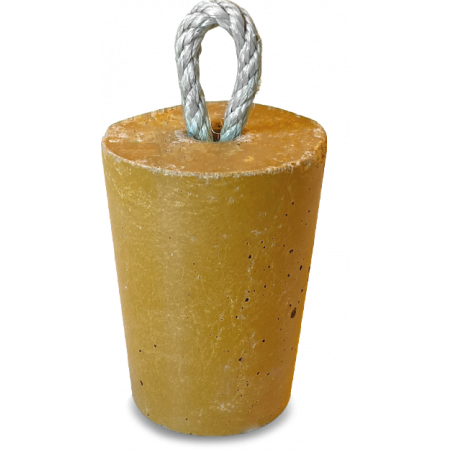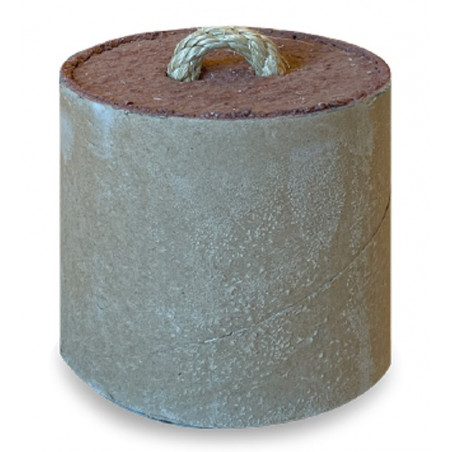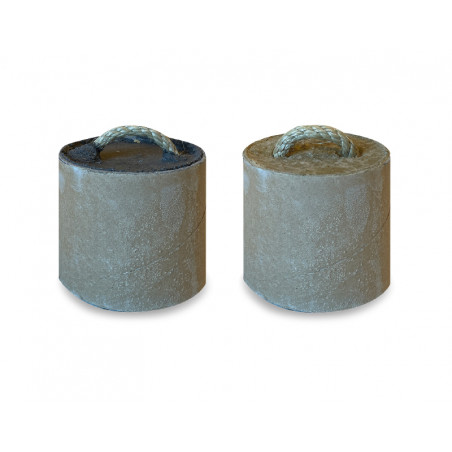Tail biting is an important animal welfare issue in the pig sector. Studies have identified various risk factors which can lead to biting incidents and proposed mitigation measures. This study focused on the following seven key measures which have been identified to affect the risk of tail biting lesions: improvements in straw provision, housing ventilation, genetics, stocking density, herd health, provision of point-source enrichment objects, and adoption of early warning systems. The aim of this study was to examine whether these selected measures to reduce the risk of tail biting lesions in pig fattening are cost-effective. The problem was analyzed by first summarizing the most prospective interventions, their costs and expected impacts on the prevalence of tail biting lesions, second, by using a stochastic bio-economic model to simulate the financial return per pig space unit and per pig at different levels of prevalence of tail biting lesions, and third by looking at how large a reduction in tail biting lesions would be needed at different levels of initial prevalence of lesions to cover the costs of interventions. Tail biting lesions of a severity which would require an action (medication, hospitalization of the pig or other care, or taking preventive measures) by the pig producer were considered in the model. The results provide guidance on the expected benefits and costs of the studied interventions.
According to the results, if the average prevalence of tail biting lesions is at a level of 10%, the costs of this damaging behavior can be as high as €2.3 per slaughtered pig (~1.6% of carcass value). Measures which were considered the least expensive to apply, such as provision of point-source enrichment objects, or provided wider production benefits, such as improvements in ventilation and herd health, became profitable at a lower level of efficacy than measures which were considered the most expensive to apply (e.g., straw provision, increased space allowance, automated early warning systems).

Measures which were considered most efficient in reducing the risk of tail biting lesions, such as straw provision, can be cost-effective in preventing tail biting, especially when the risk of tail biting is high. At lower risk levels, the provision of point-source objects and other less costly but relatively effective measures can play an important role. However, selection of measures appropriate to the individual farm problem is essential. For instance, if poor health or barren pens are causing the elevated risk of tail biting lesions, then improving health management or enriching the pens may resolve the tail biting problem cost-effectively.
Niemi JK, Edwards SA, Papanastasiou DK, Piette D, Stygar AH, Wallenbeck A, Valros A. Cost-Effectiveness Analysis of Seven Measures to Reduce Tail Biting Lesions in Fattening Pigs. Frontiers in Veterinary Science. 2021; 8:1020. https://doi.org/10.3389/fvets.2021.682330








